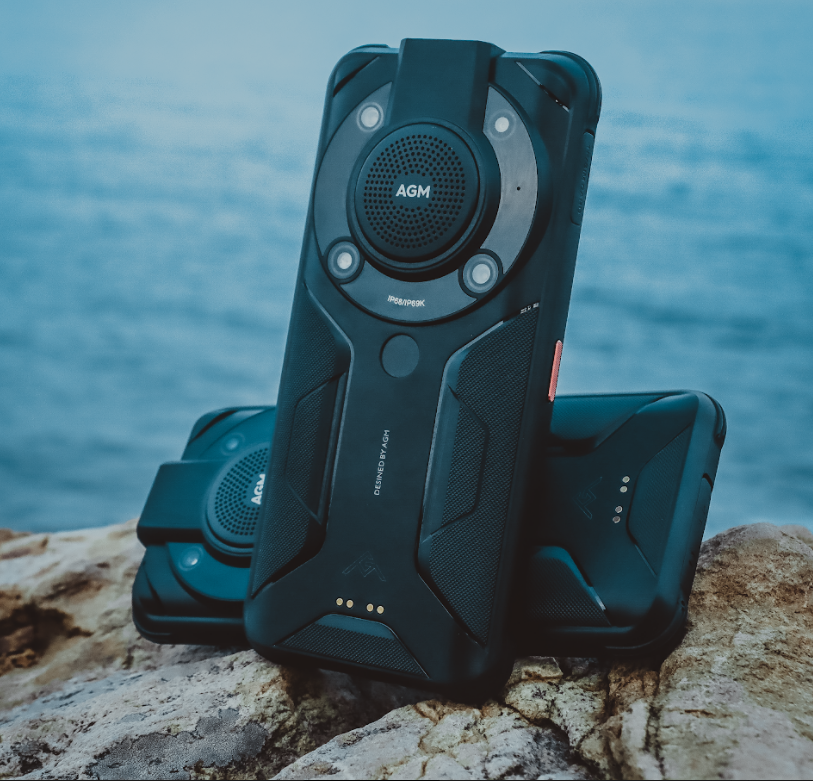































I have been impressed with relative newcomer AGM mobile's range of phones over the last year.
Both the AGM M7 and H3 rugged phones I reviewed were excellent and the latest offering, the AGM Glory rugged smartphone, looks to be very impressive indeed.
I noticed two things as soon as I got the phone out of the box. It has an extra-large screen and is very top-heavy due to a really large speaker on the back of the device.
This means that the phone does not lay flat on the desk but tilts towards you slightly, making reading the screen really easy.
The Glory is rated at IP68/IP69K which means that it is waterproof, dustproof, and hermetically sealed. It is also drop tested to a height of 1.5m conforming to MIL-STD-810H.
The rubber bumper around the screen is slightly raised to minimise impact damage to the screen. The corners of the phone are raised curved rubber which is easy to hold in the hand.

Inside the Glory, there is a 2021-released 8 core Qualcomm Snapdragon 480 processor chip with 2 Kryo 460 Gold cores running at up to 2.0GHz and 6 Kryo 460 Silver cores running at up to 1.8 GHz. This chip will support 5G if you are in a 5G area. The graphics GPU is a nicely performing Qualcomm Adreno 619.
The Glory range comes with 8GB LPDDR4X RAM and either 128 or 256GB storage depending on the option you choose.
The camera is large at 174.8 x 84.2 x 17.5mm, but it does not feel uncomfortable in my medium-sized hands. The phone feels heavy and solid at 360g in weight -probably due to its impressive 6200mAh battery which will give you up to two days of use.
The Glory range supports wireless charging, or you can plug the phone into the wall using the supplied USB type A or USB type-C cable. You can also purchase an optional desk charger for the phone from AGM and place the phone's four pogo pins onto the charger.
The battery is larger than the Oukitel WP8 Pro's 5000mAh battery, but it has some way to go before it matches the 8000mAh battery of the Oukitel WP10 or the Doogee S86's whopping 8500mAh battery.
However, this device beats all of its competition in its ability to continue operating in low temperatures down to
 Tags quentes :
Tecnologia
Nosso processo
Smartphones
Tags quentes :
Tecnologia
Nosso processo
Smartphones